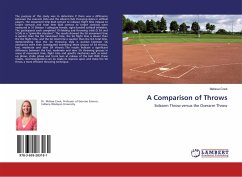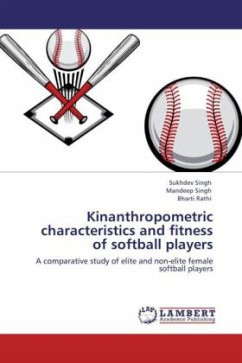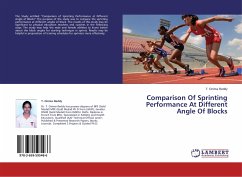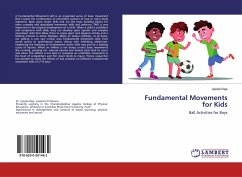The purpose of this study was to determine if there was a difference between the overarm (OA) and the sidearm (SA) throwing styles in softball players. The movement time (ball contact to release), flight time (release to target contact) and total time (ball contact to target contact) were measured in 31 Division I collegiate female, right-handed softball infielders. The participants each completed 10 fielding and throwing trials (5 SA and 5 OA) in a "game-like situation". The results showed the SA movement time is quicker than the OA movement time, the SA flight time is slower than the OA flight time, and the SA total time is quicker than the OA total time, demonstrating that the SA throwing style is quicker. Common SA mechanics were then investigated examining three groups of SA throws, fast, moderate and slow SA throws. The results indicate a significant difference between the fast, moderate and slow SA throwing groups in areas of movement time, flight time and specific mechanics such as wind-up phase, stride phase and trunk lean at release of the ball. With these results, recommendations can be made to improve upon and make the SA throw a more efficient throwing technique.
Bitte wählen Sie Ihr Anliegen aus.
Rechnungen
Retourenschein anfordern
Bestellstatus
Storno








